Description
HISTORY OF THE LB&SCR CLASS D1
The London Brighton & South Coast Railways D1 class of 1873 were built as an enlargement of Stroudley’s A1 ‘Terrier’ Class of 1872 which had seen rave success after there introduction, To handle the heavier trains from London that the A1s could not undertake these necessitated the introduction of this long lived class, With Large diameter driving wheels and a large boiler for the time, These engines by 1887 became the most numerous class of locomotives to ever be turned out by the prestigious Brighton Works and were seen on all kinds of Duties whether it be freight or passenger.
By the Time of Douglas Earle Marsh’s tenure there was around 125 locomotive of solely the D1 class on Brighton metals & with the radical thinking of Marsh modernizing one of the last purely Victorian railways was an absolute must. Standardization was implemented across Stroudley’s designs with such things as Injectors, Smokebox door and New Cast chimneys deviating from Stroudley’s elegant but costly double wrapped chimney and smokebox design, The livery’s was also cost reduced by removing names and changing the extraordinarily expensive gold leaf to painted lettering and numbers, Builders plates and number plates were simplified and the cost reduced.
Moving the D1s onto the 1923 Grouping act they ended up becoming one of the Southern Railways most numerous classes of the time and were again seen on duties ranging from Branch Line Work, To Push Pull duties and during the Second world war fire engines. Some even during the War being loaned up north to Scotland records show though debatable due to the clandestine nature of WW2 documentation of train movements (shedded at Ayr at the time) No. 2605 was reported to of piloted a Jubilee over a section of the Port Road on a Stranraer train. The certainty of duties of the other Scottish based D1 is far less of a mystery, 2358 was worked out of Dingwall & reportedly worked the Strathpeffer Branch in the Highlands.
By the dawn of nationalization only a handful of the class remained, none were to be painted into British Railways full livery bar number or survive past 1950 with exception of a stationary boiler at Dover shed from 1949… One D1 No. 2357 (Original Number 357) “Riddlesdown” was renamed to James Fryers was purchased by Whittingham Hospital Railway which served Whittingham Hospital, the largest ‘Psychiatric Hospital’ in the country. It lasted almost decade in service there, being cut up in 1956.
Thus the D1s Story is at a close, But not digitally..

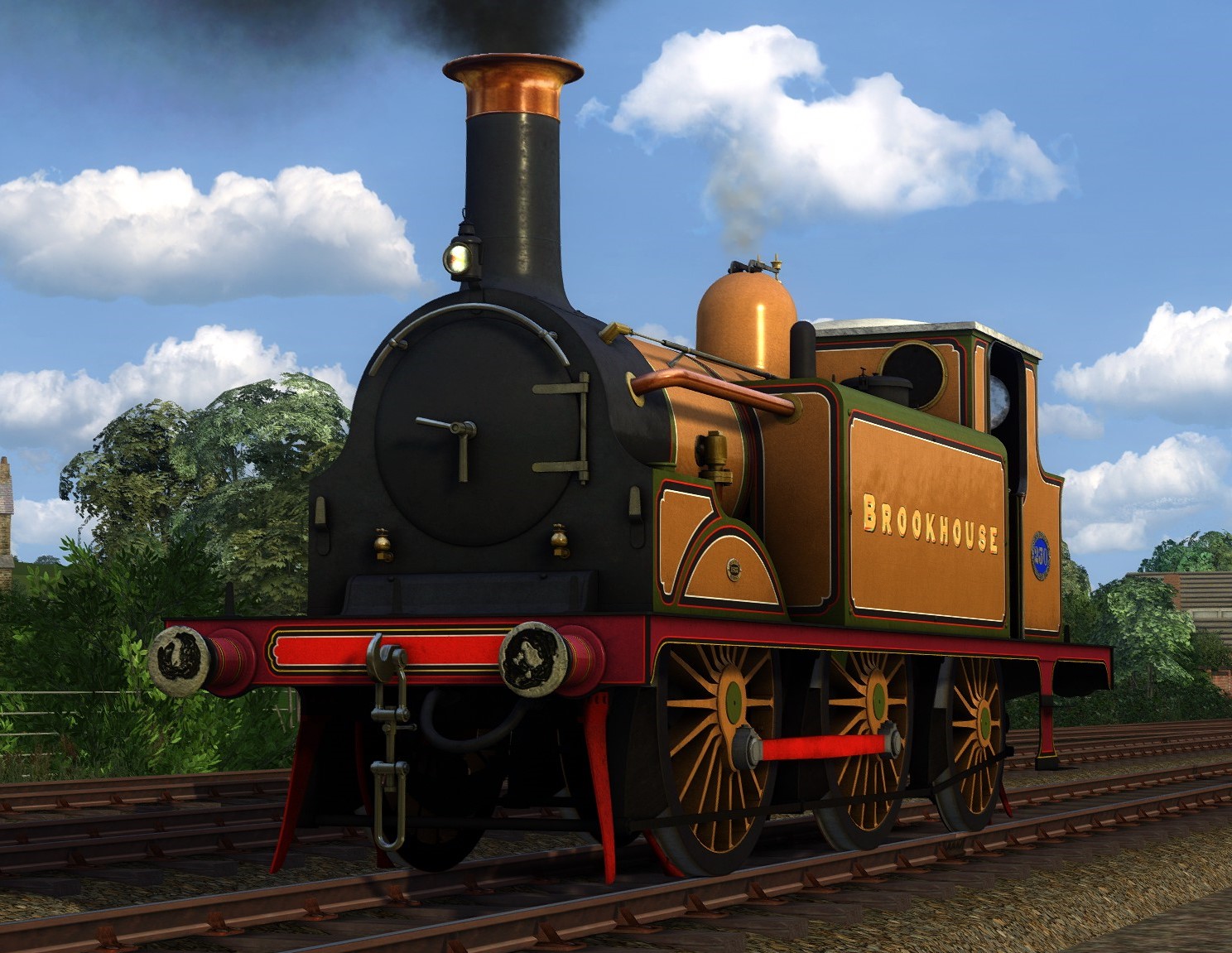
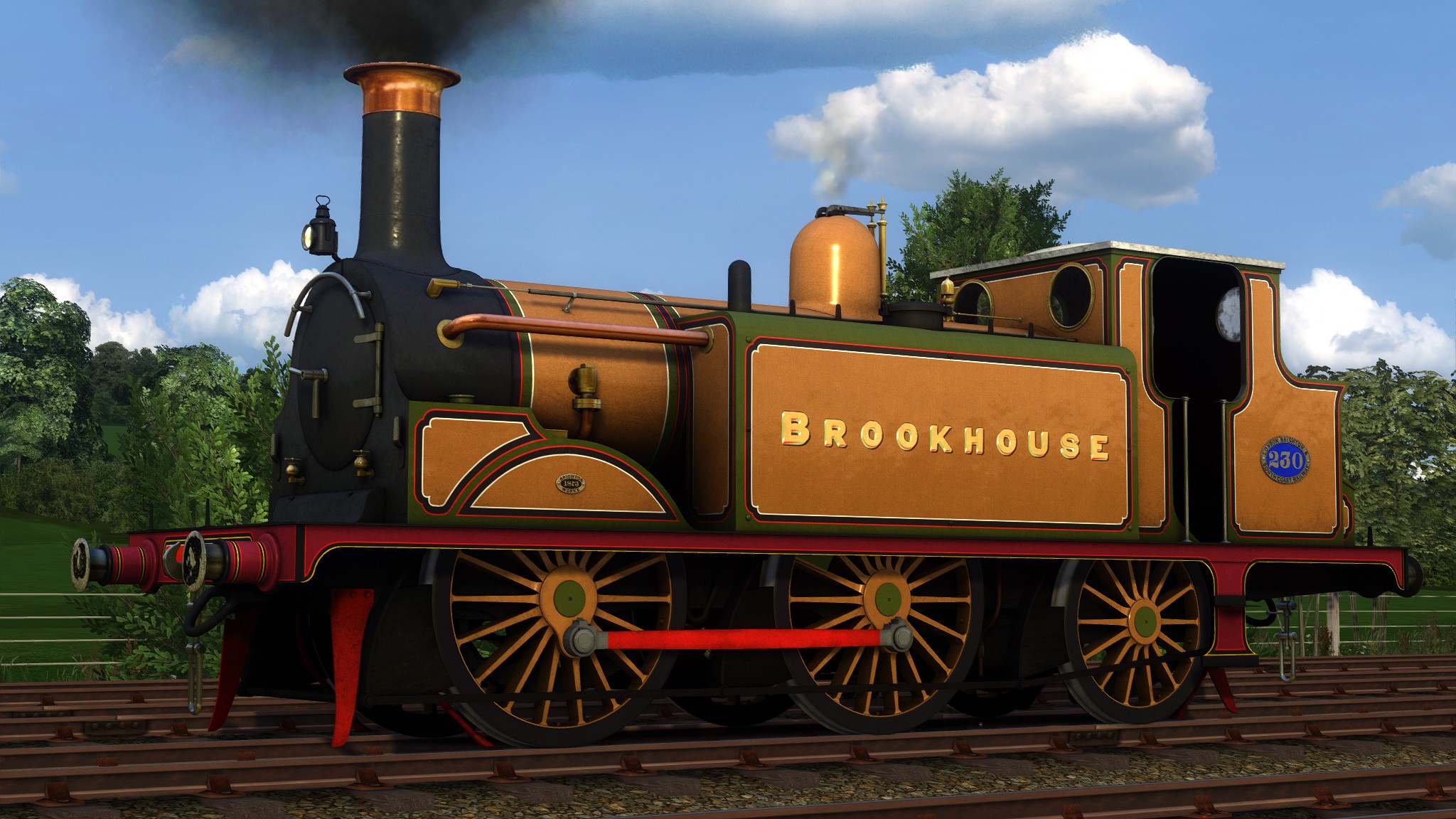
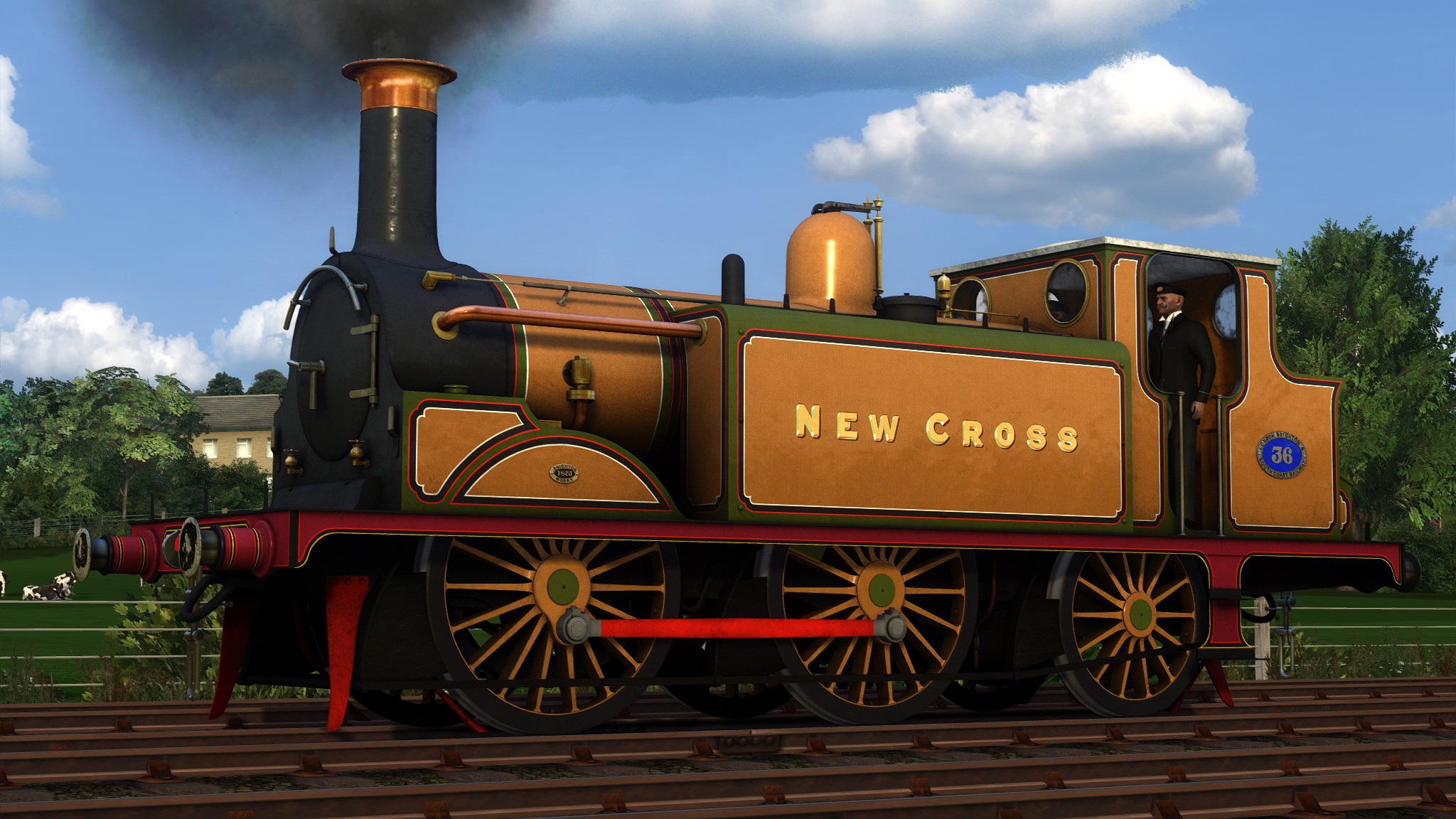
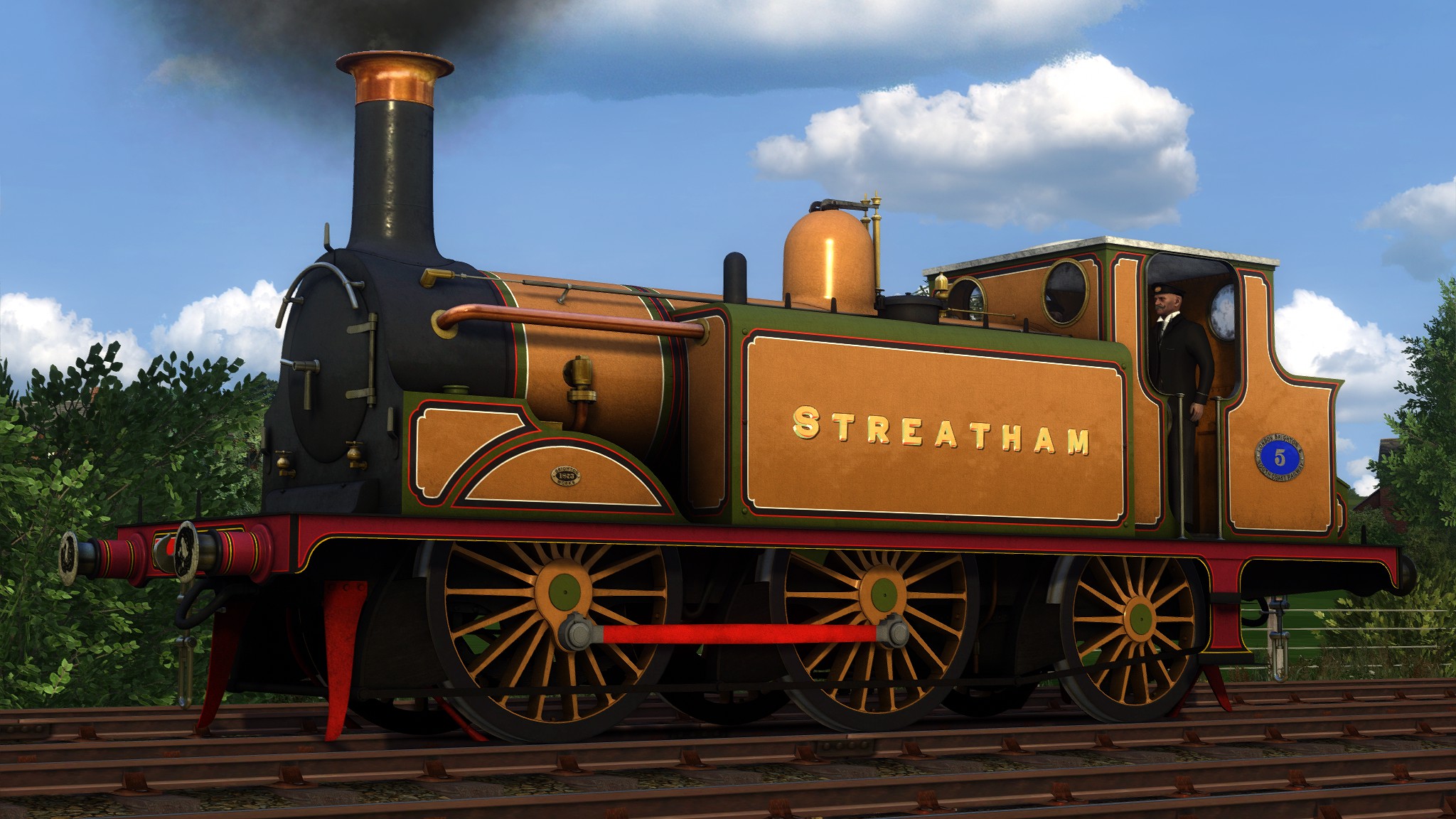
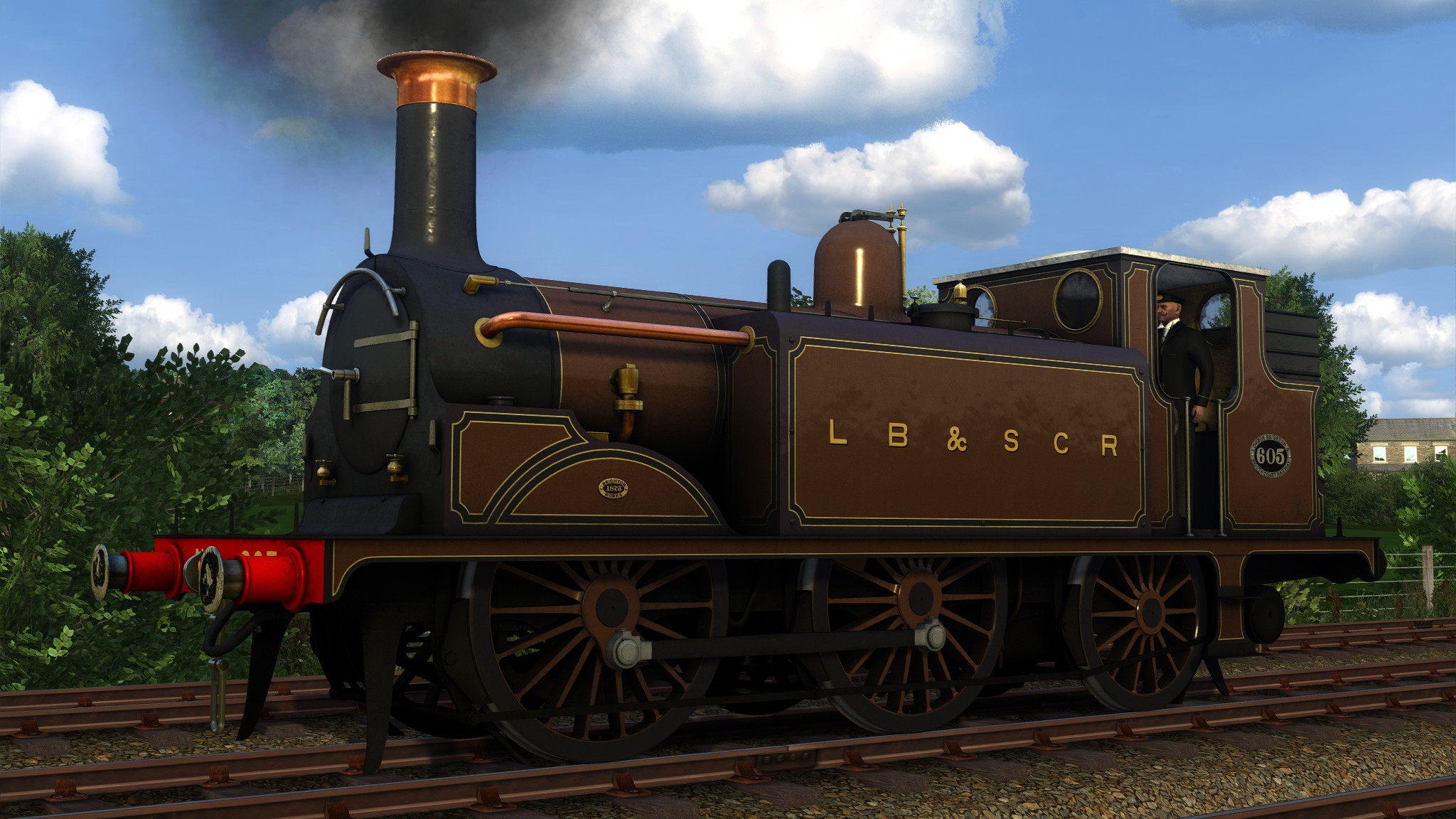
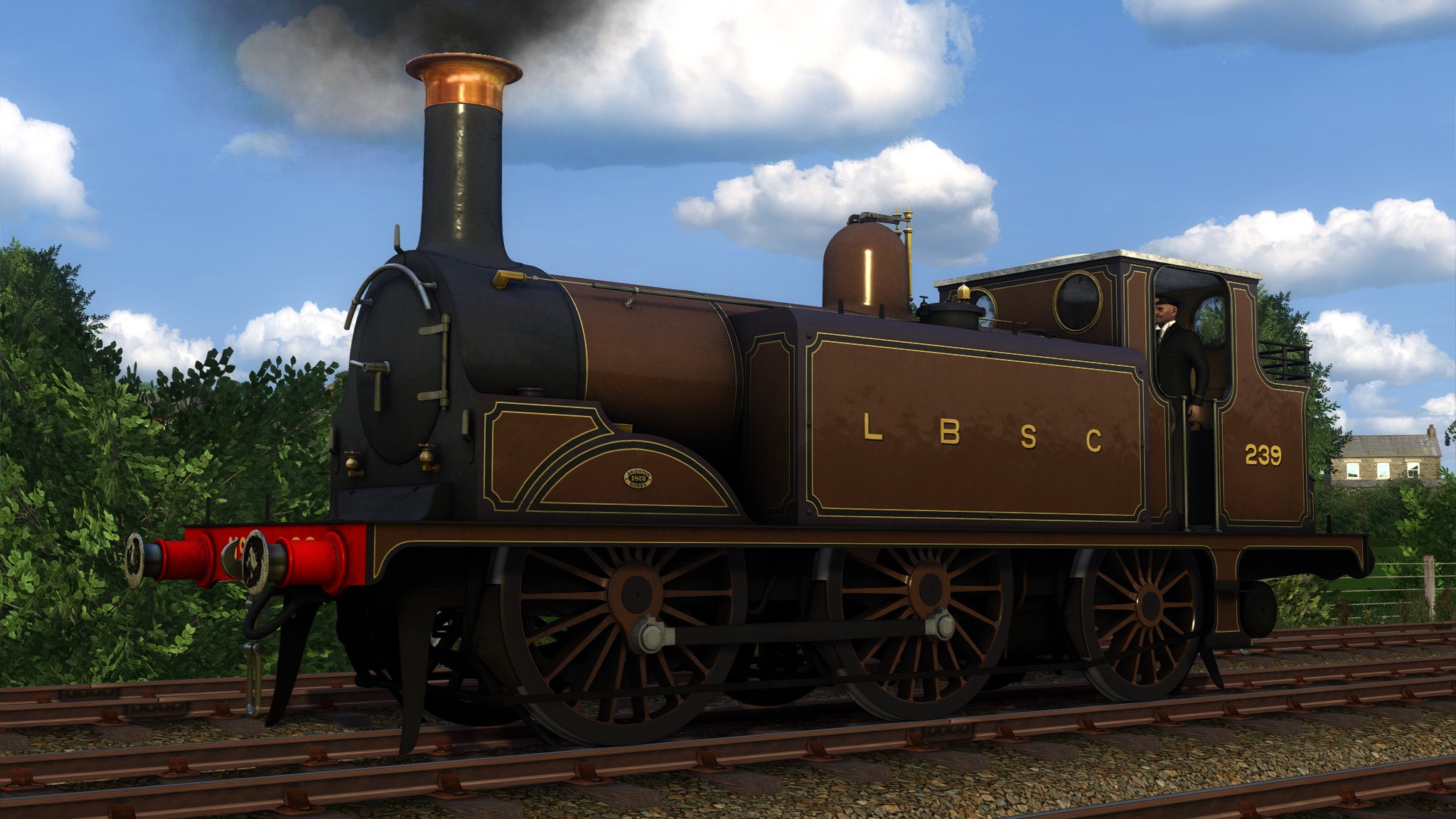
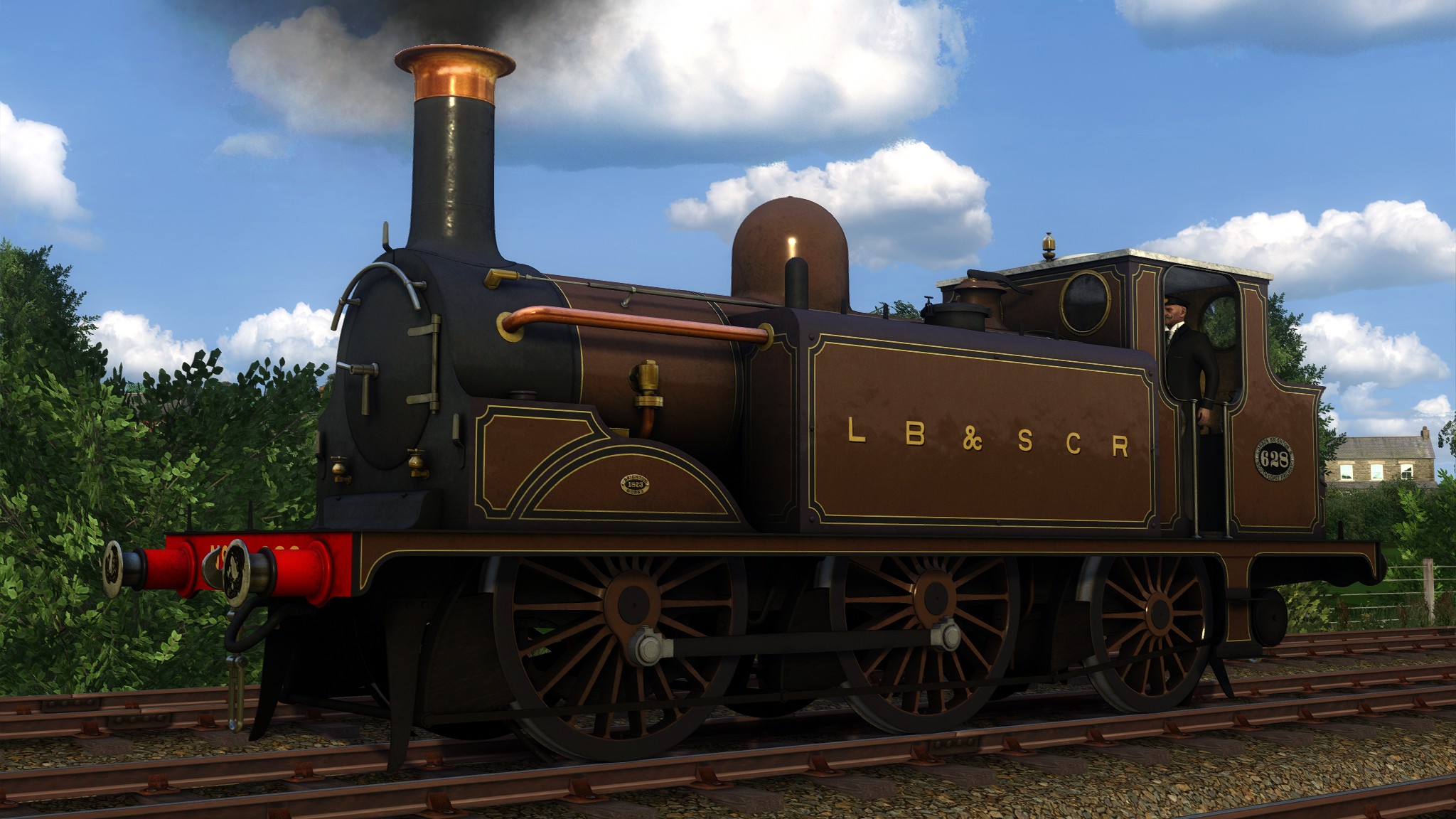
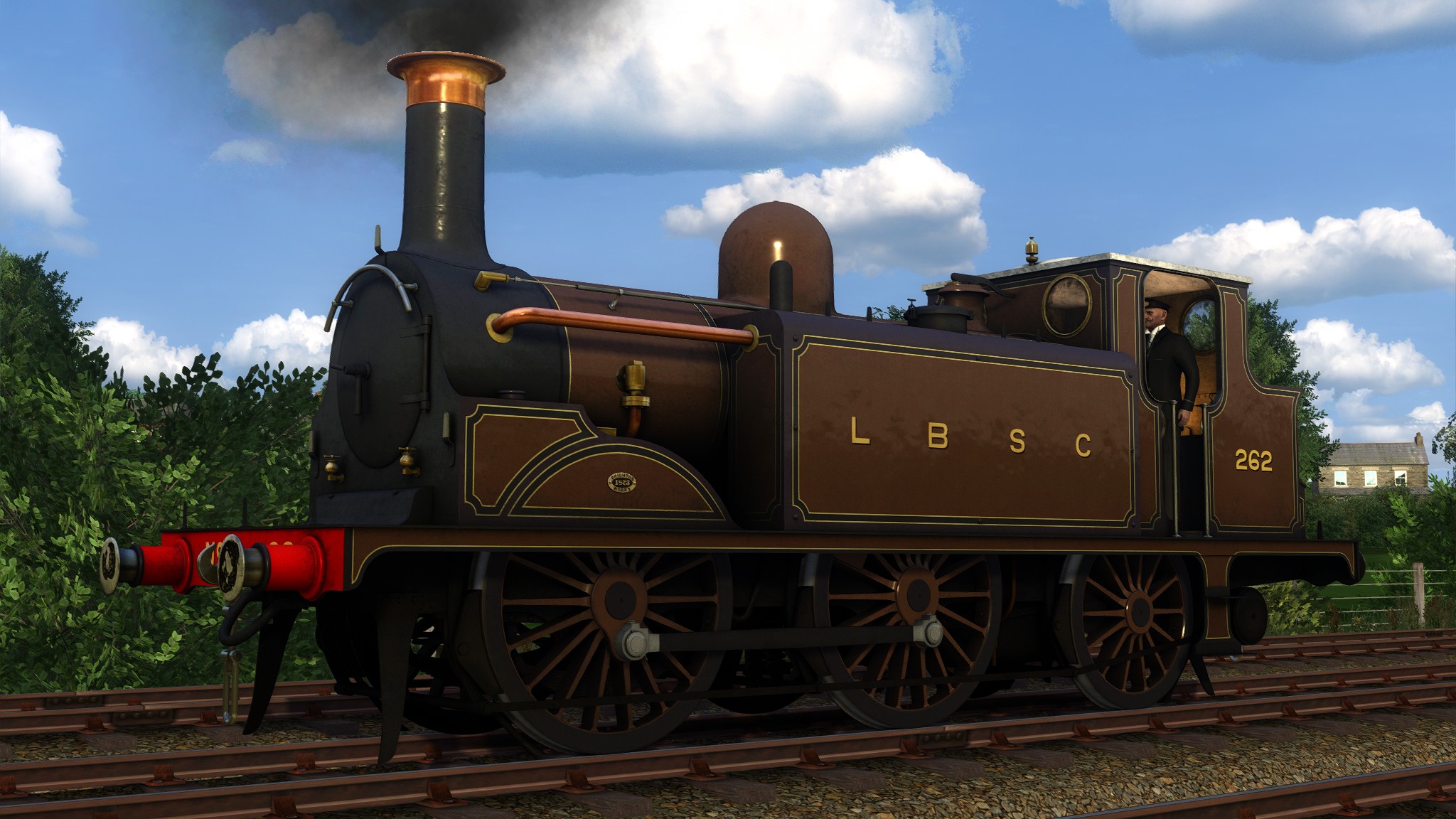
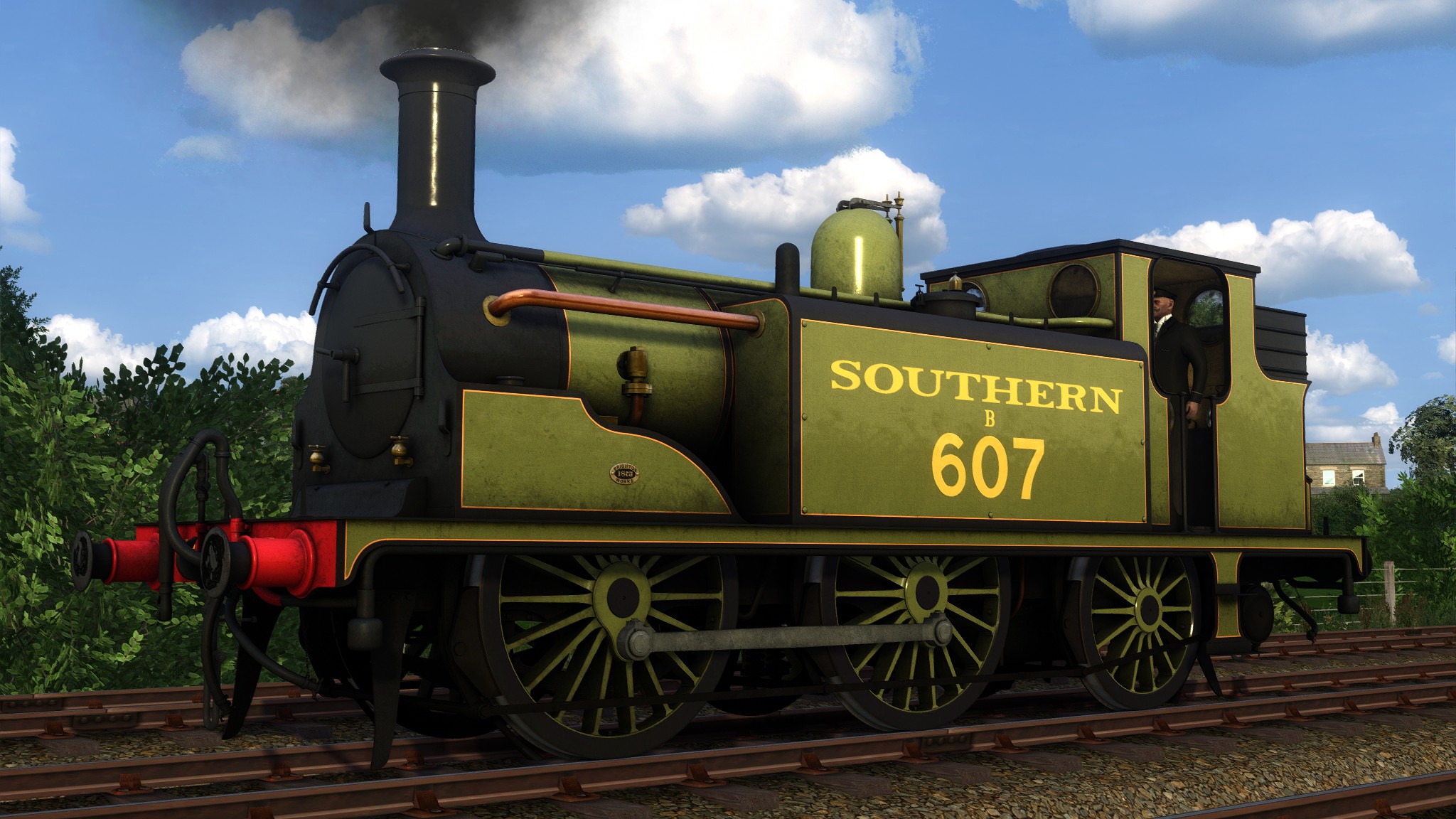
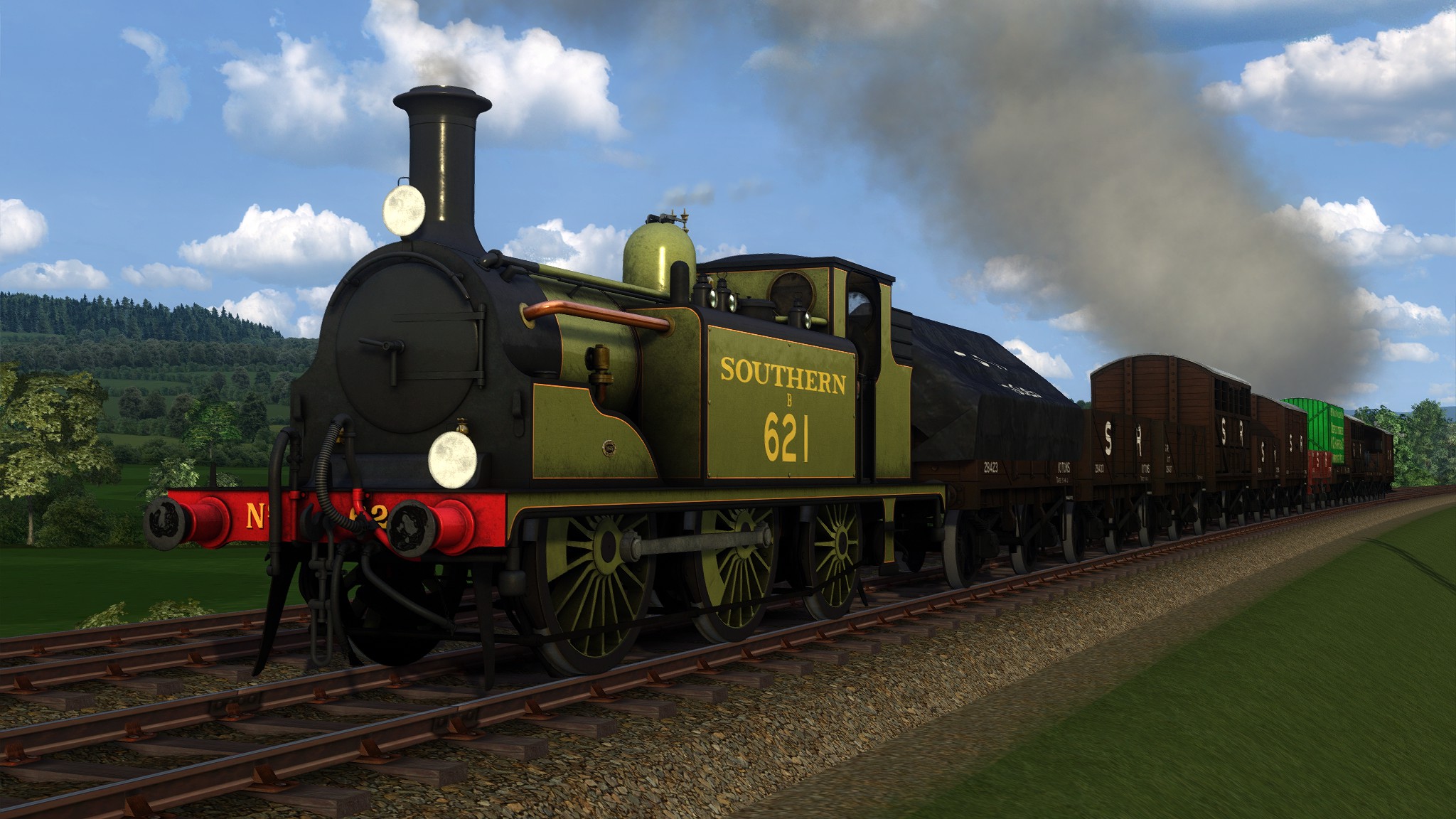
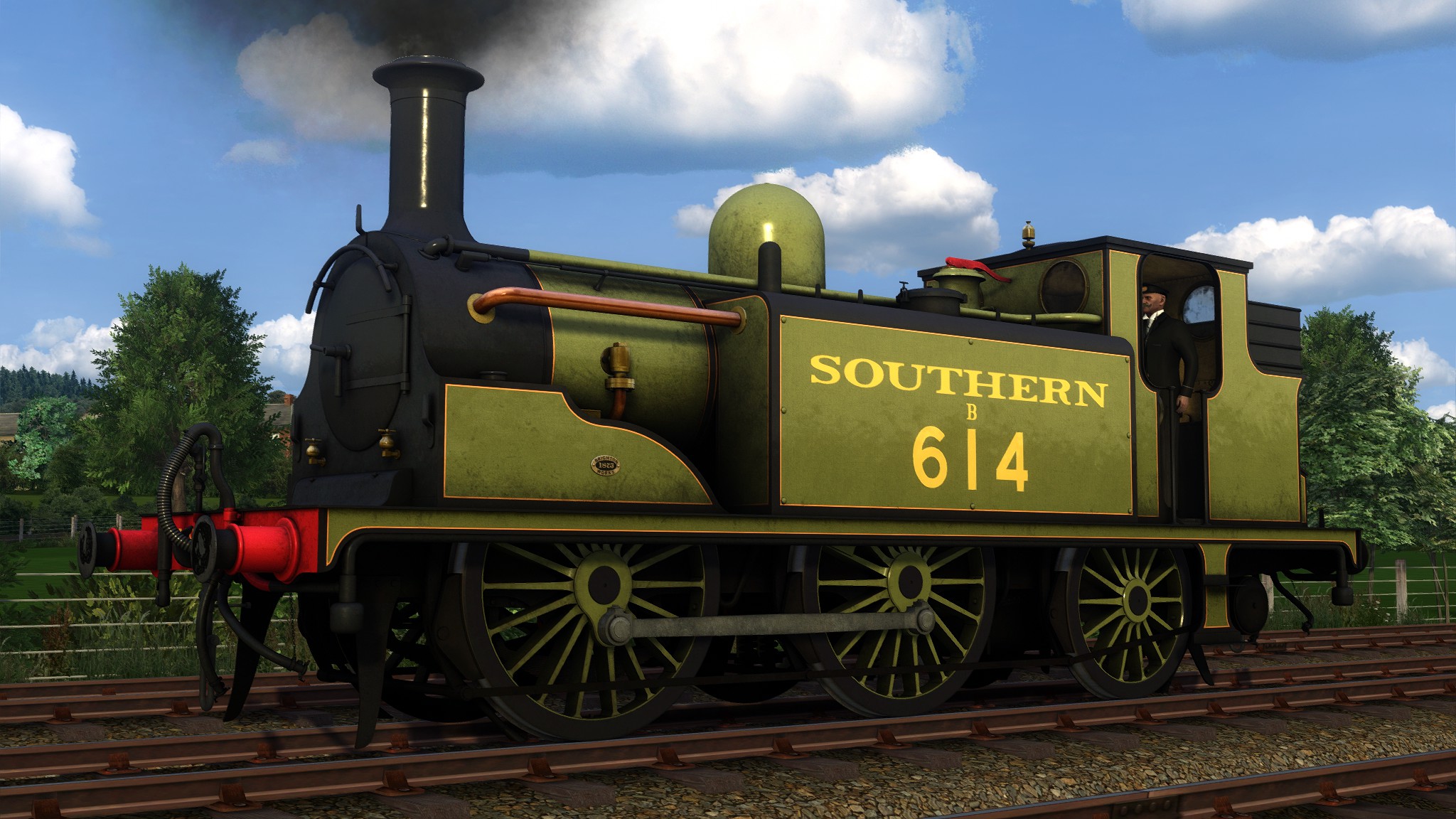
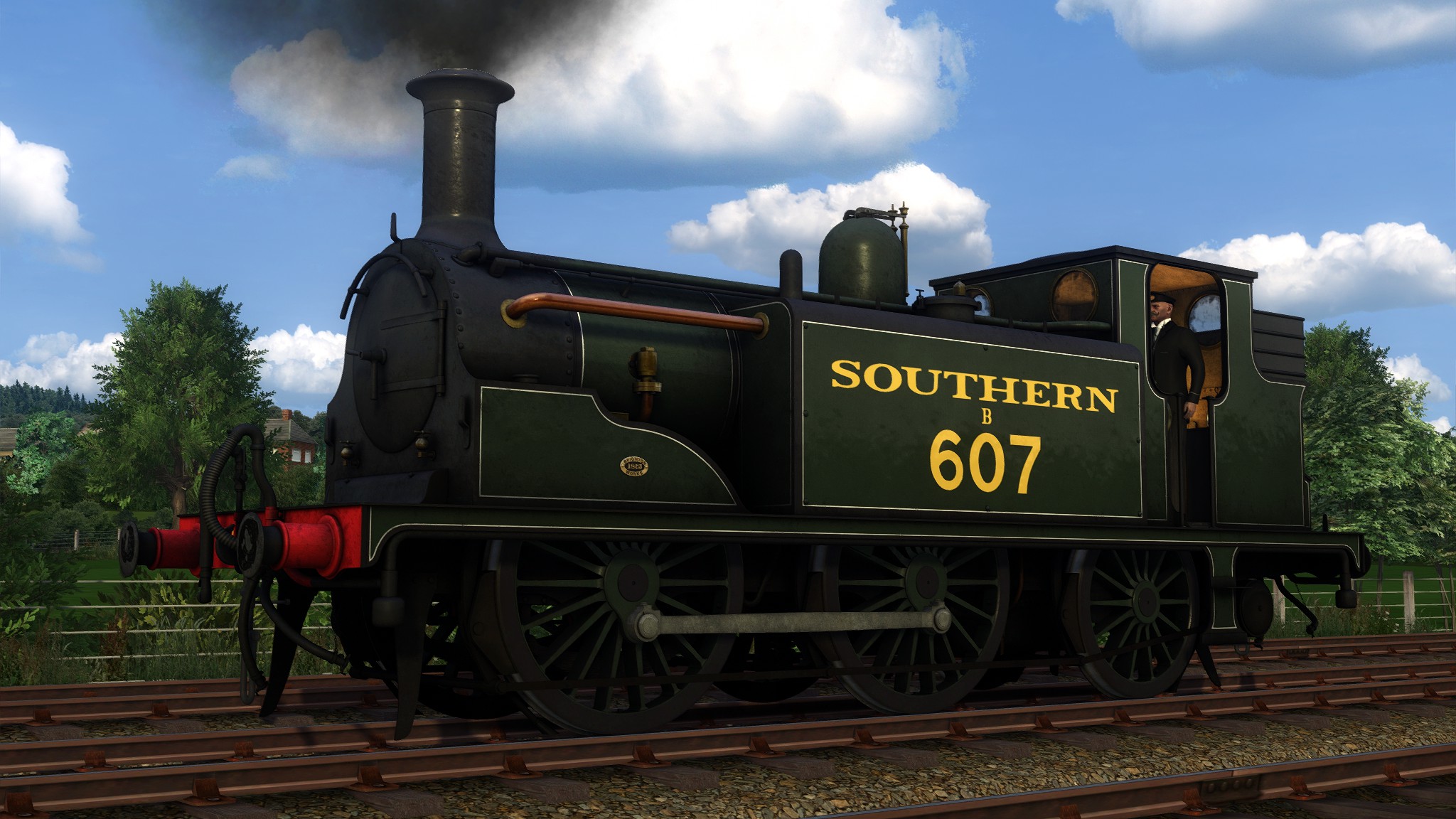
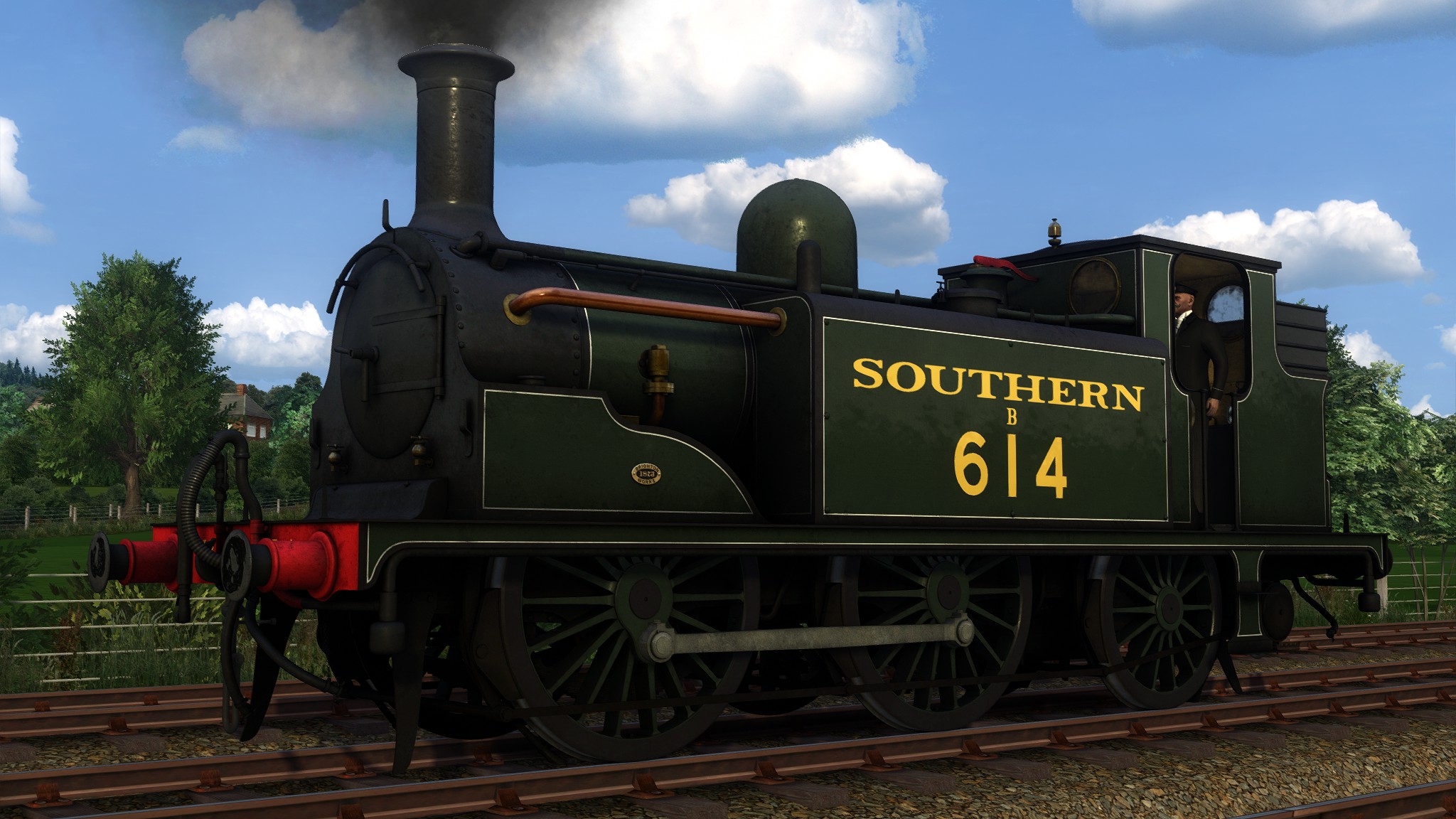
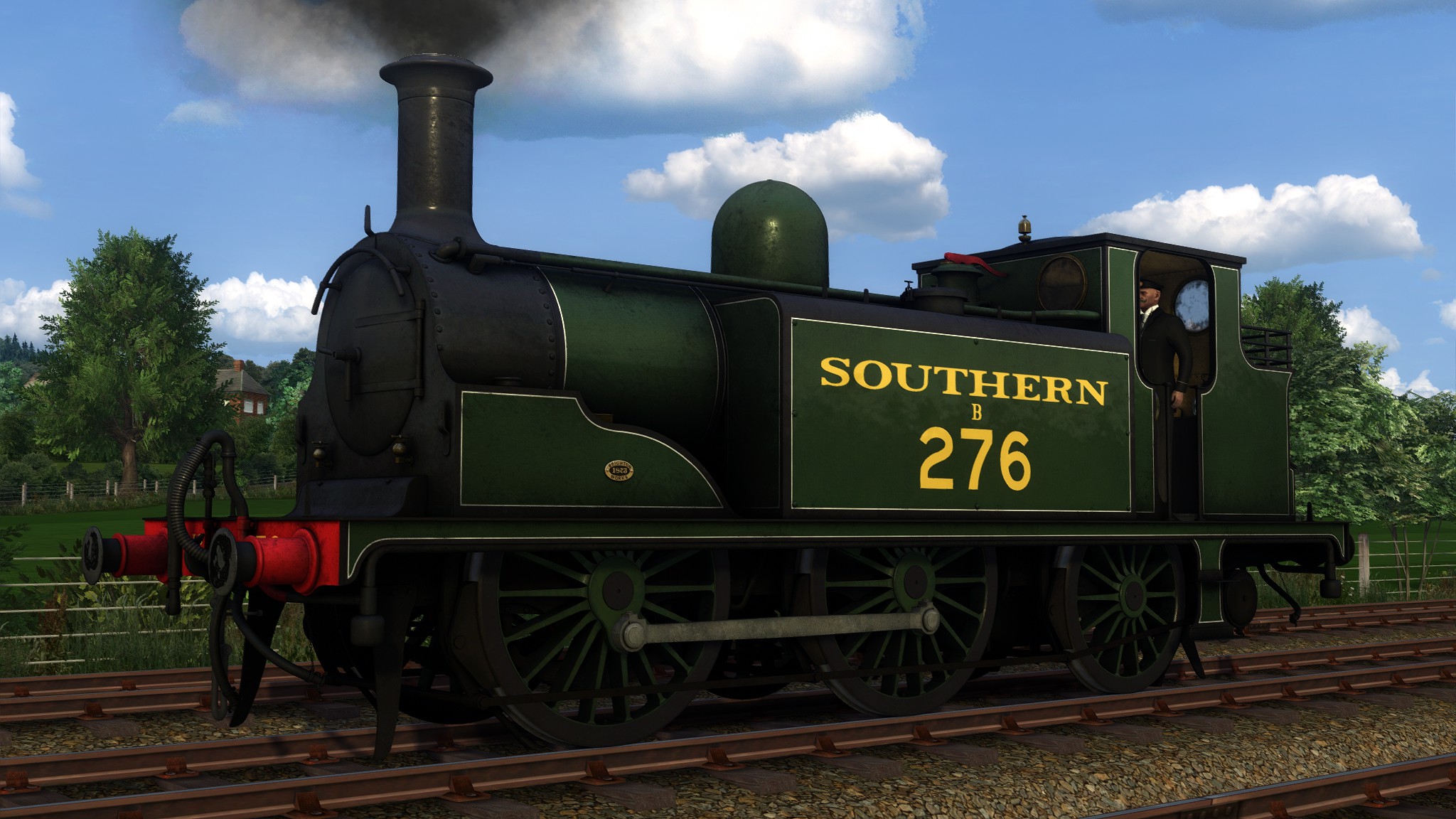
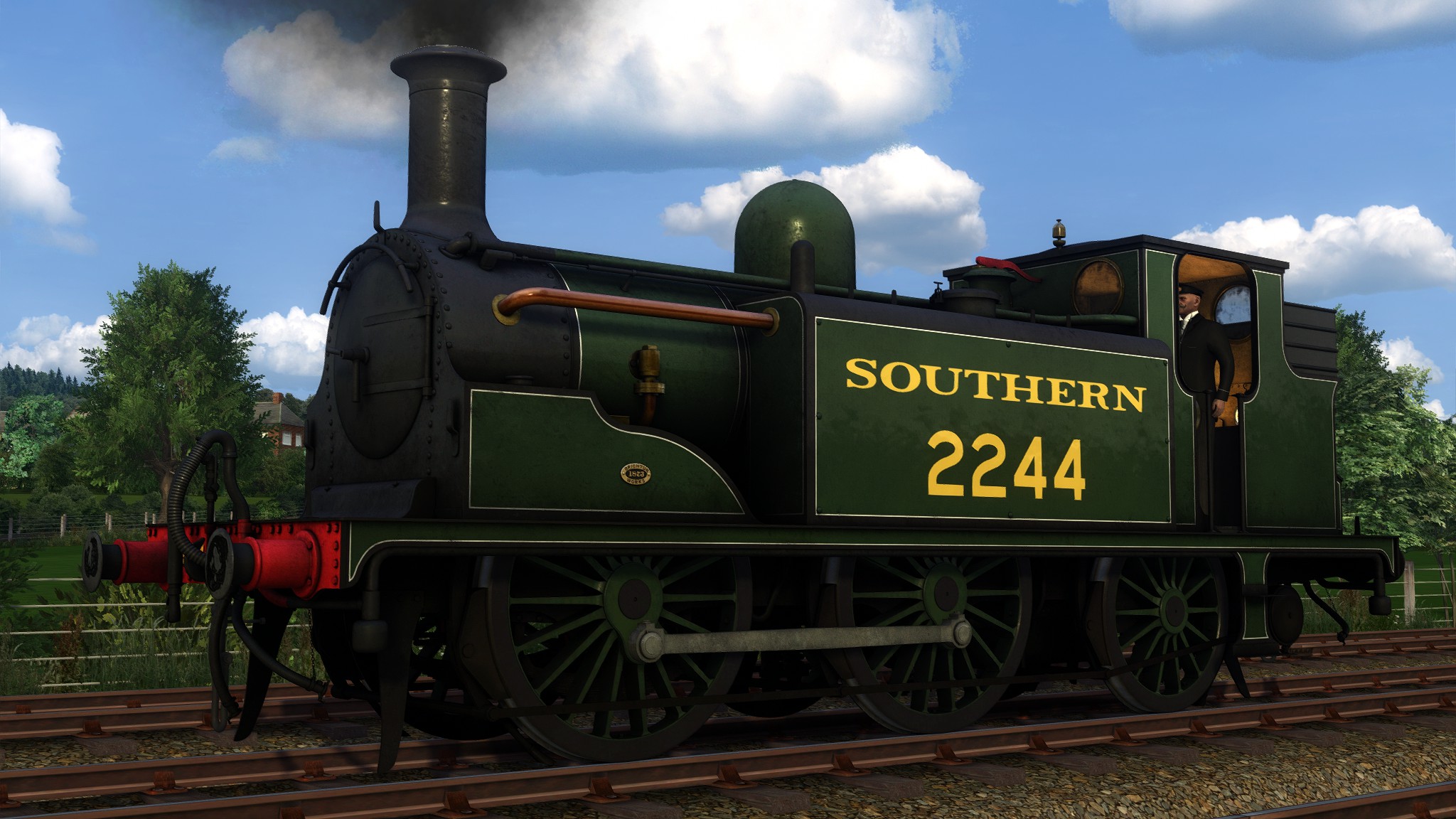
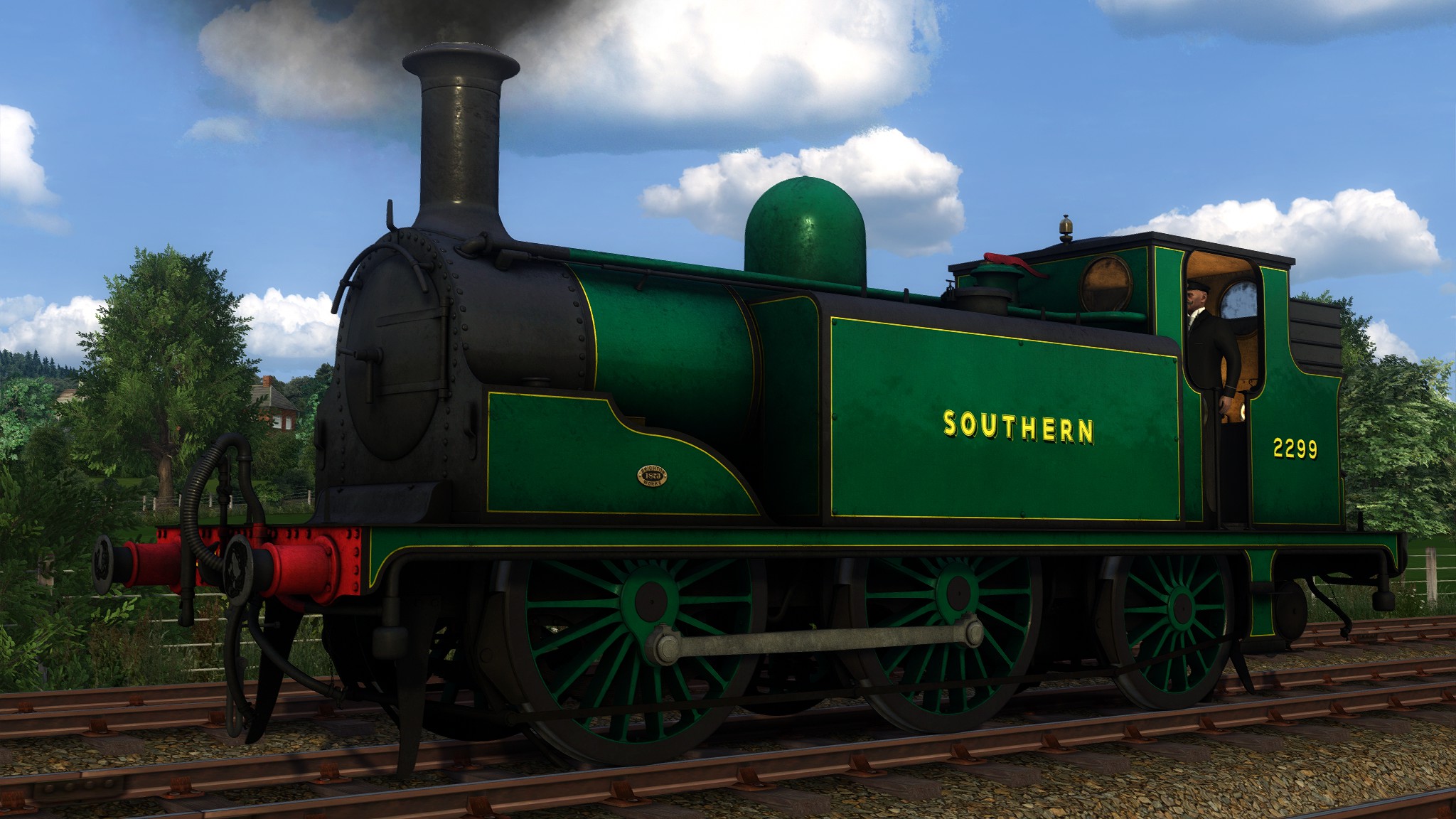
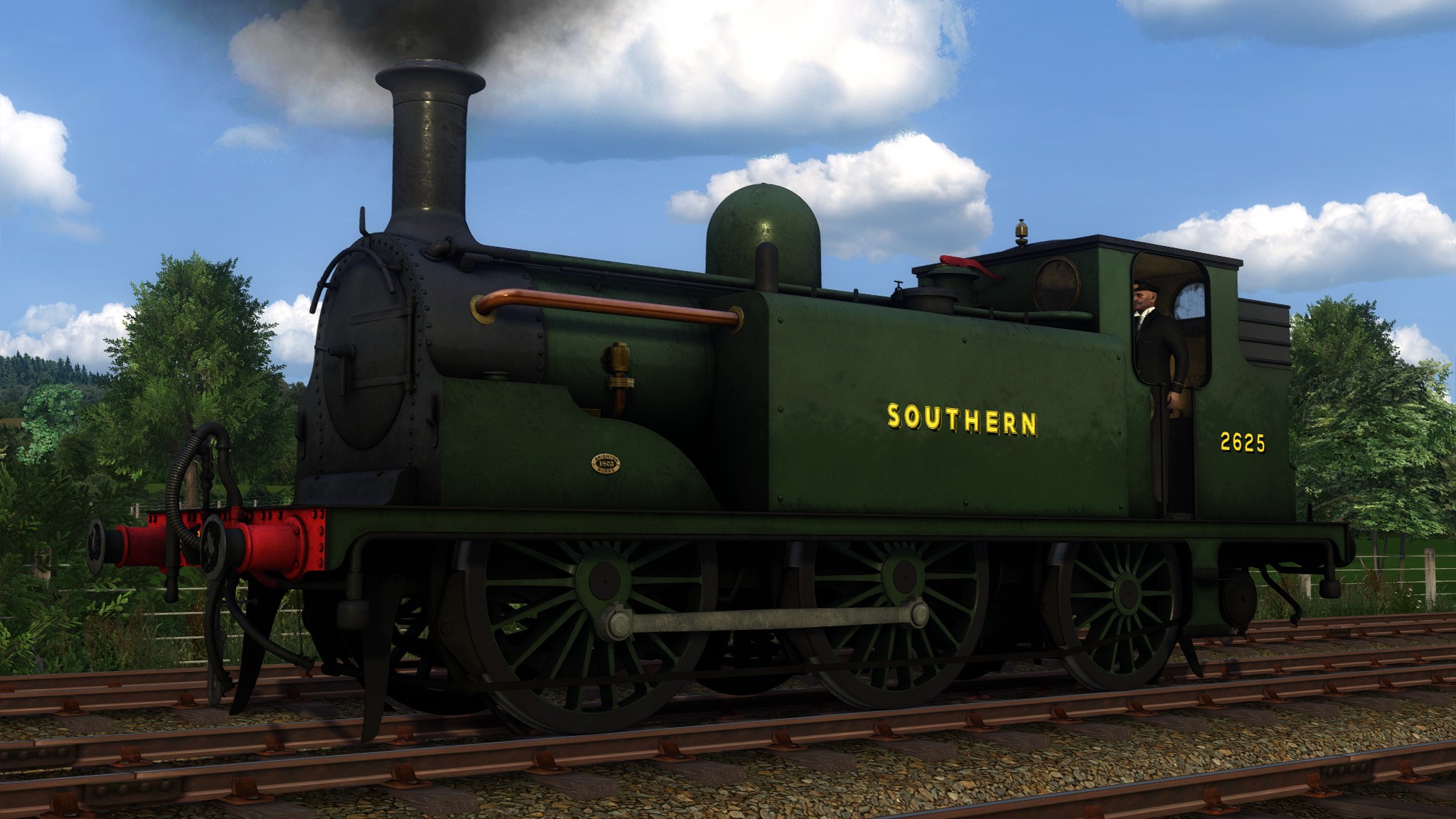
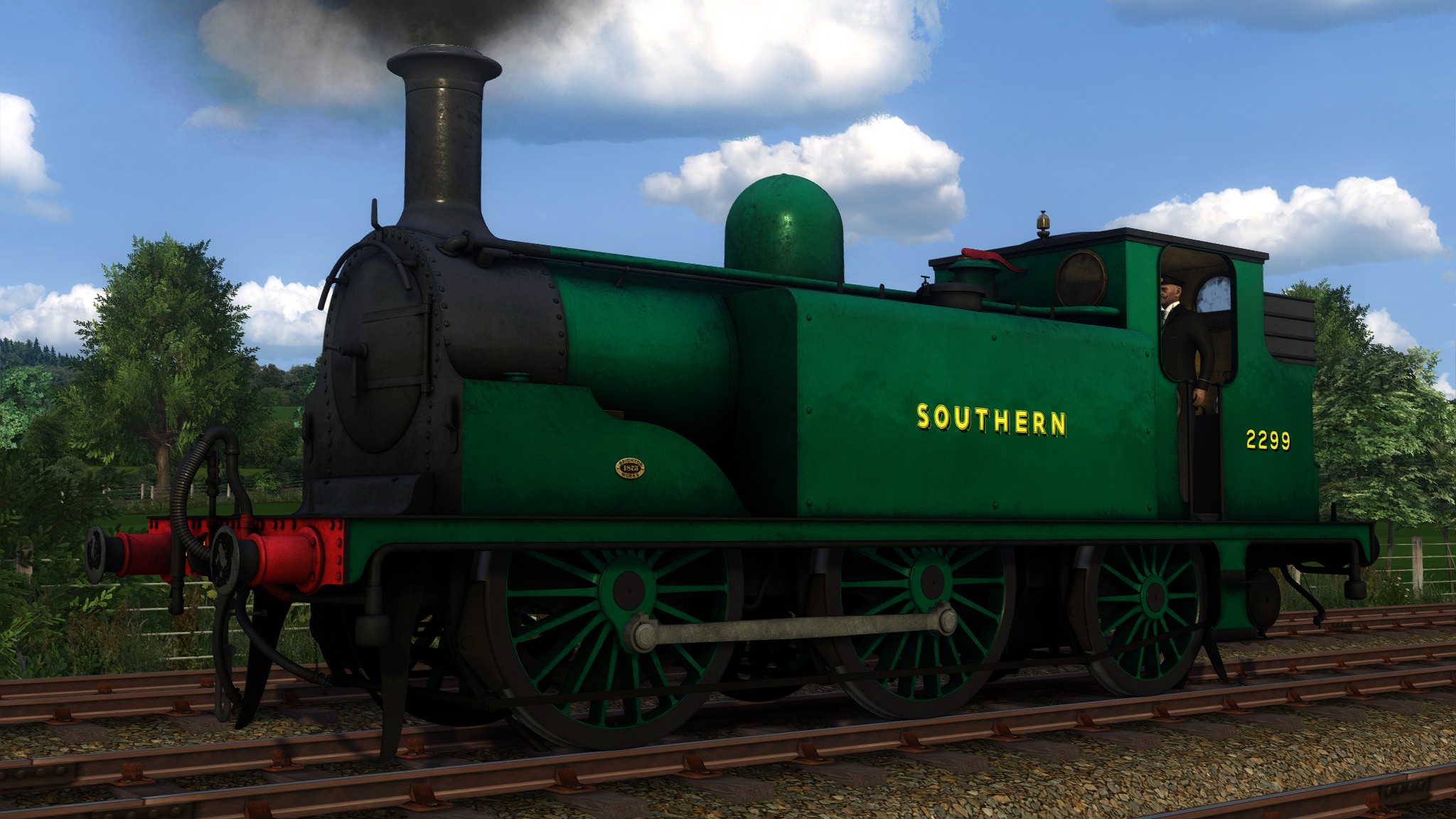
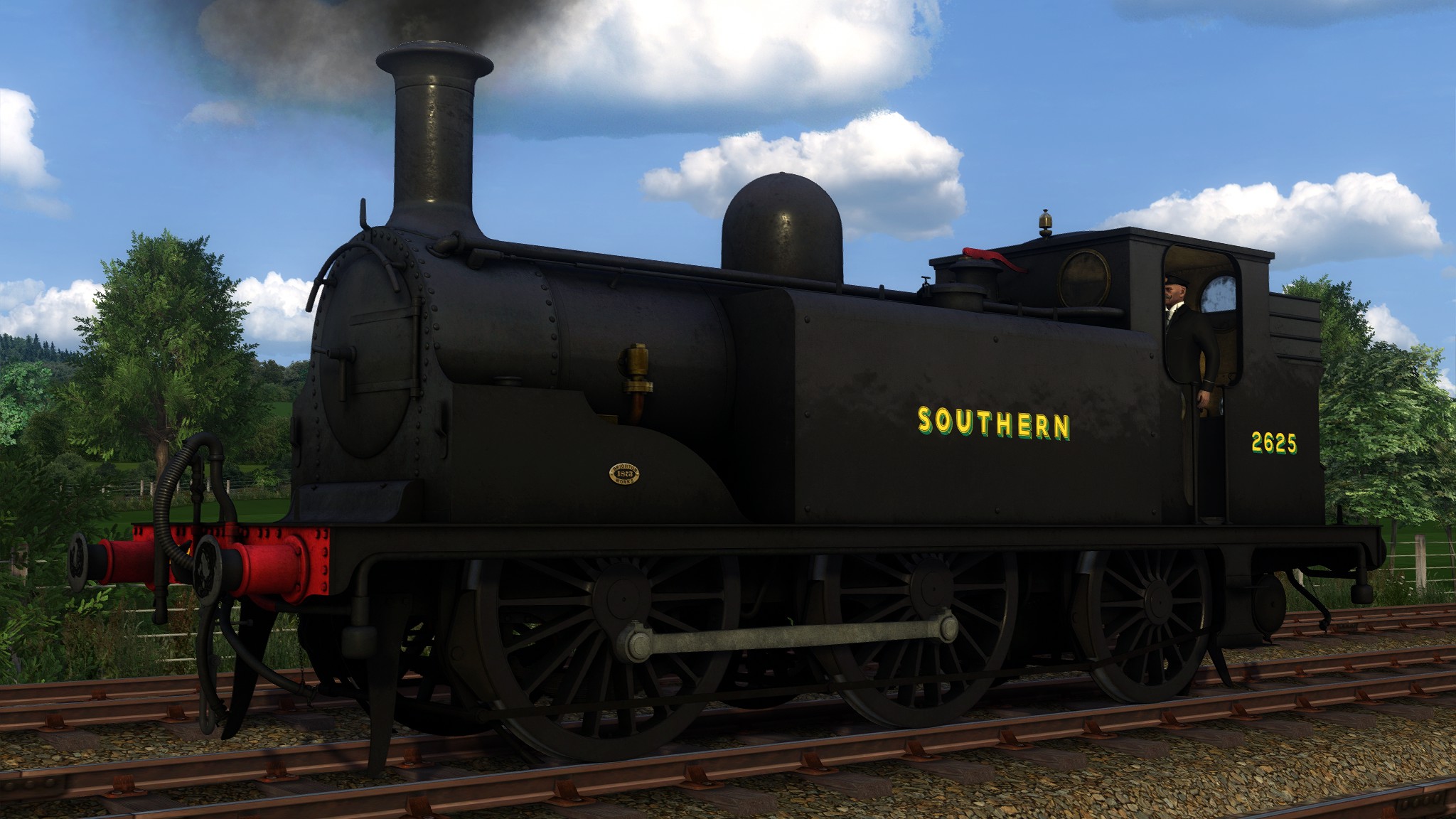
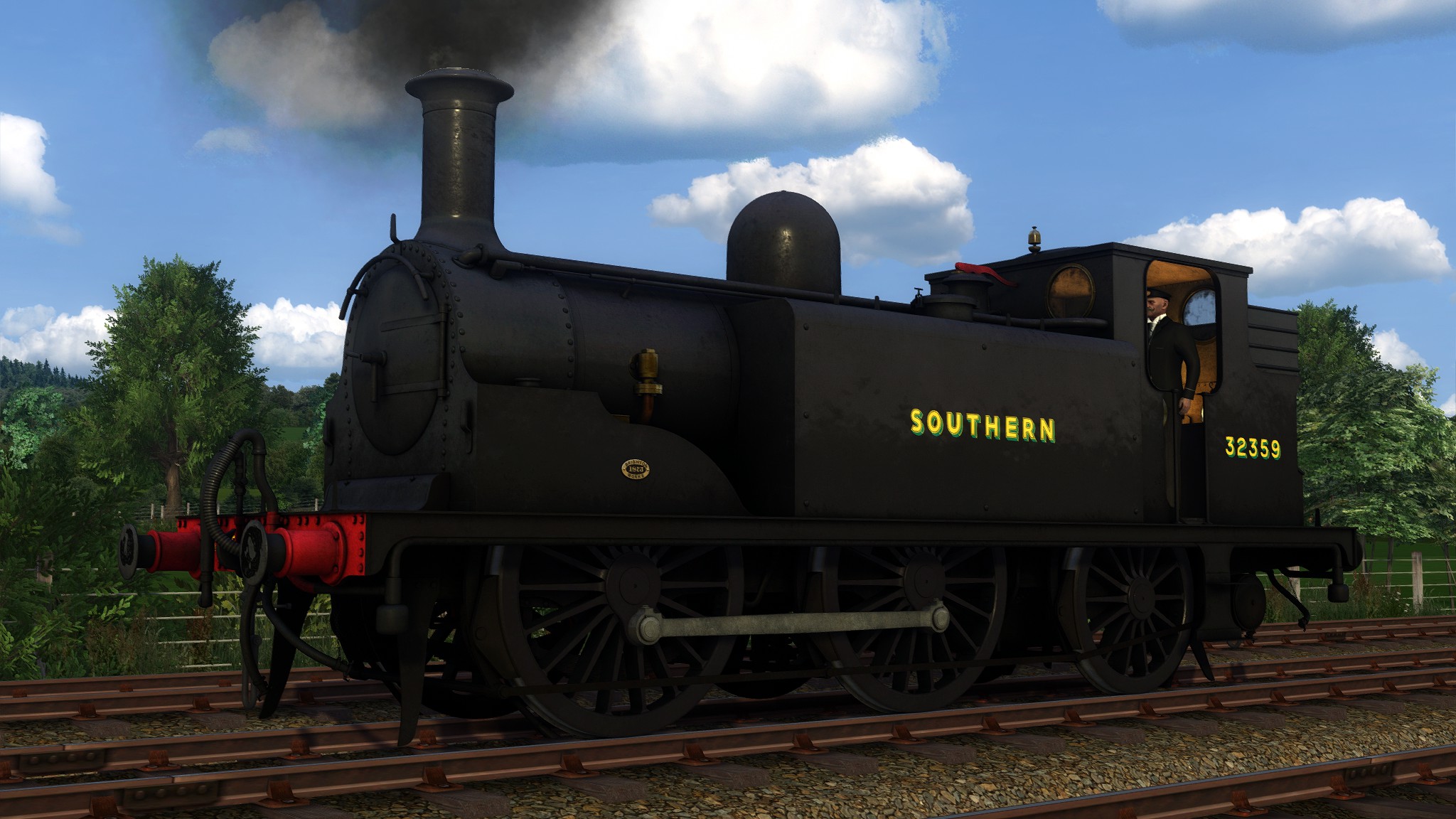
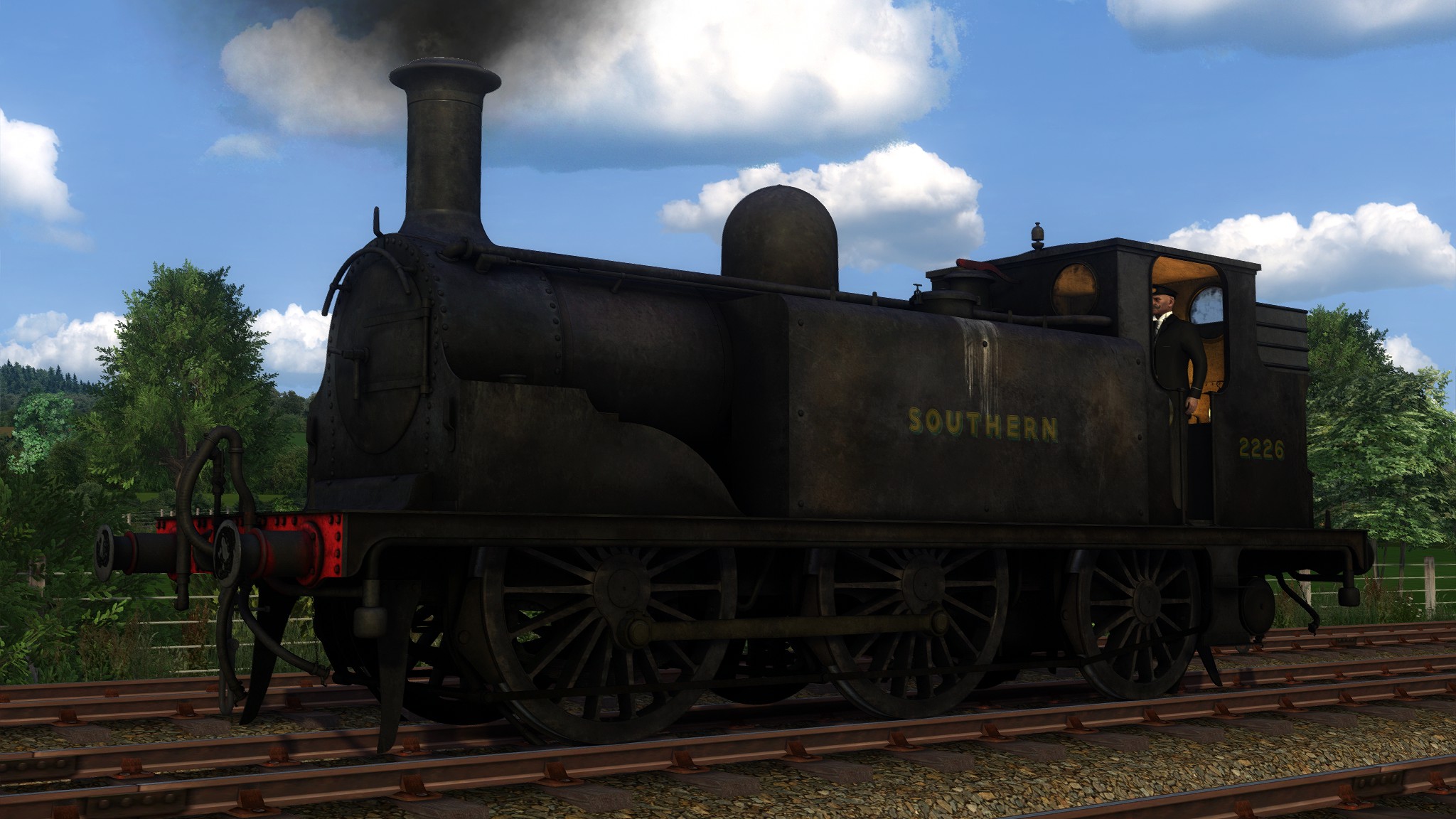
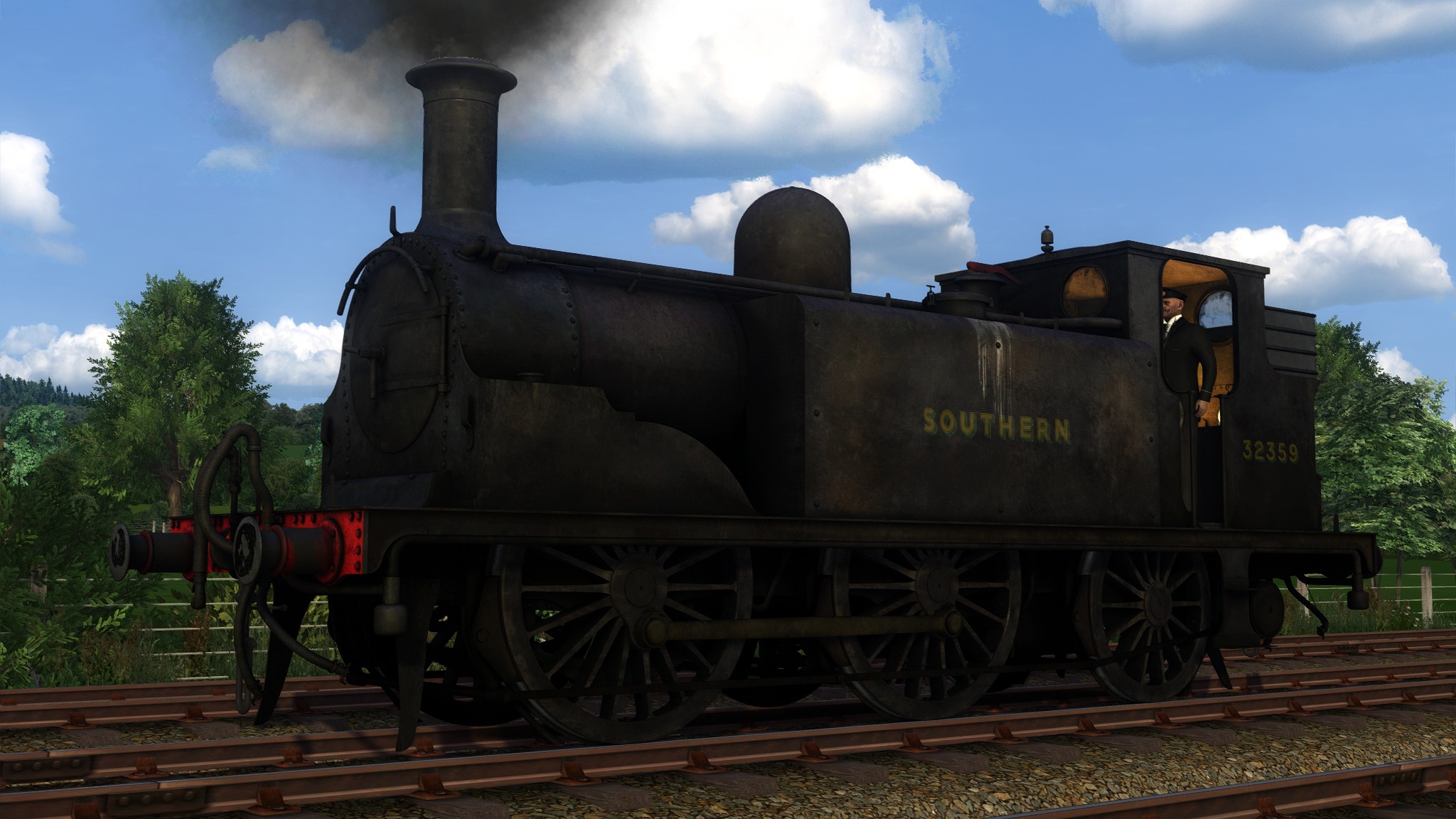
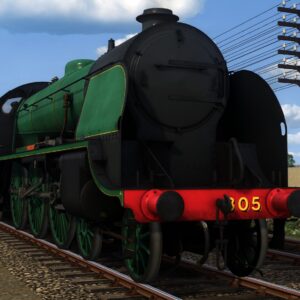

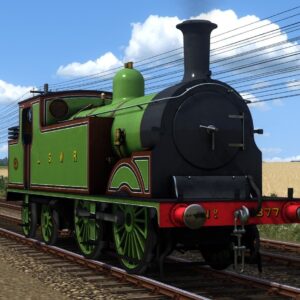
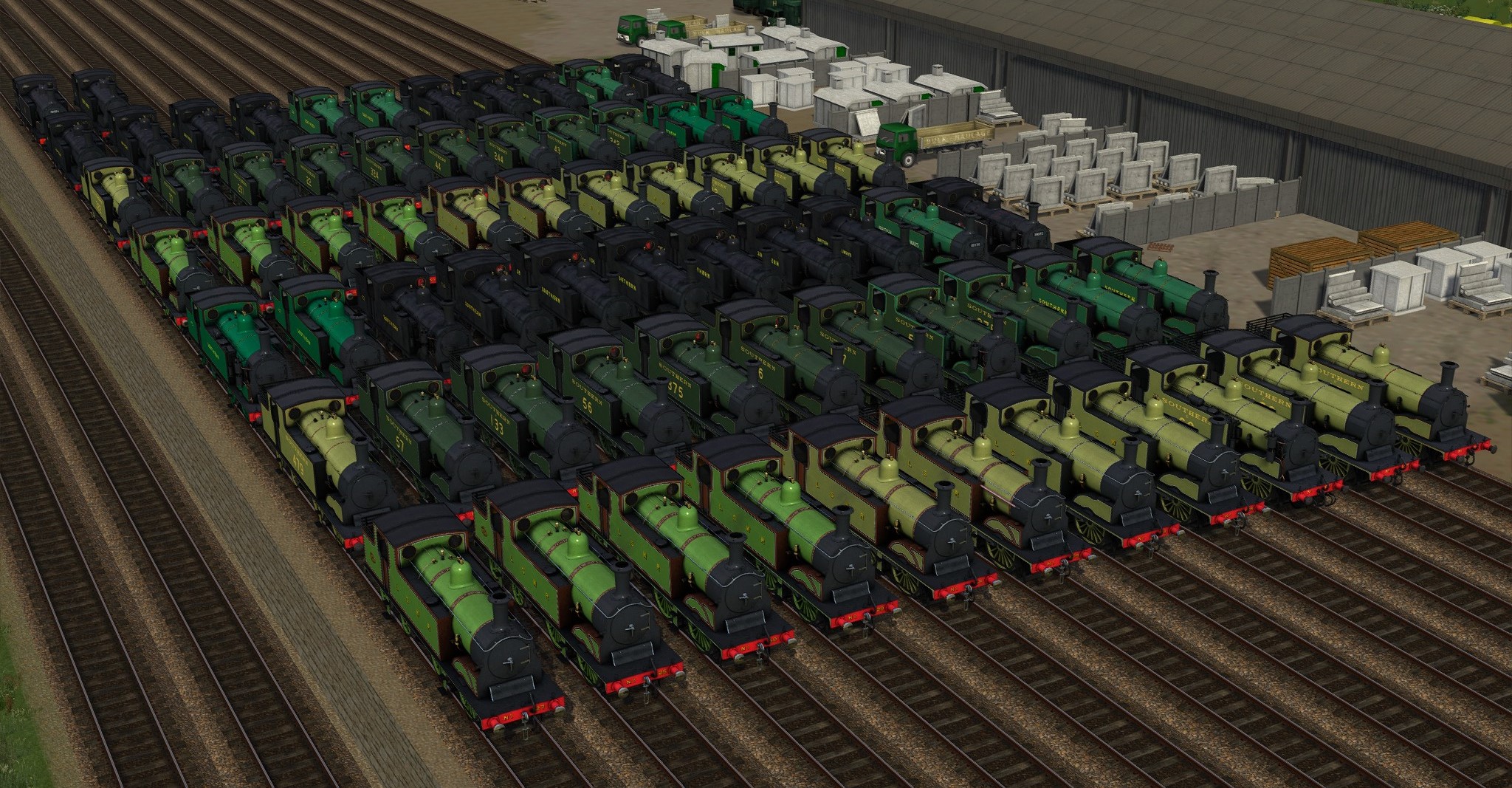
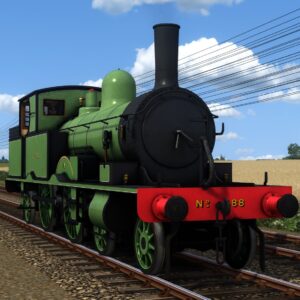
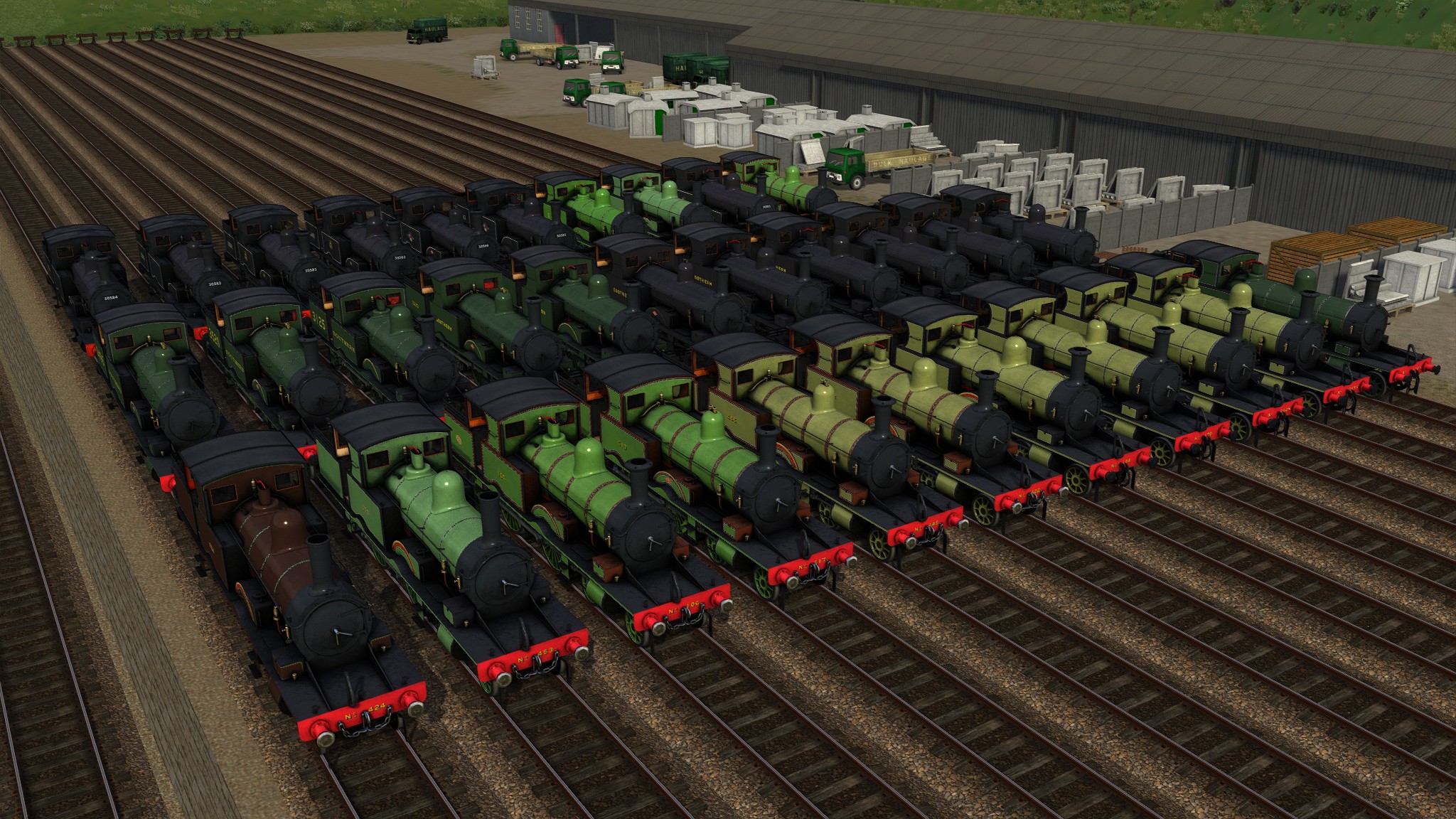
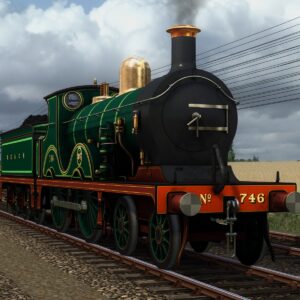
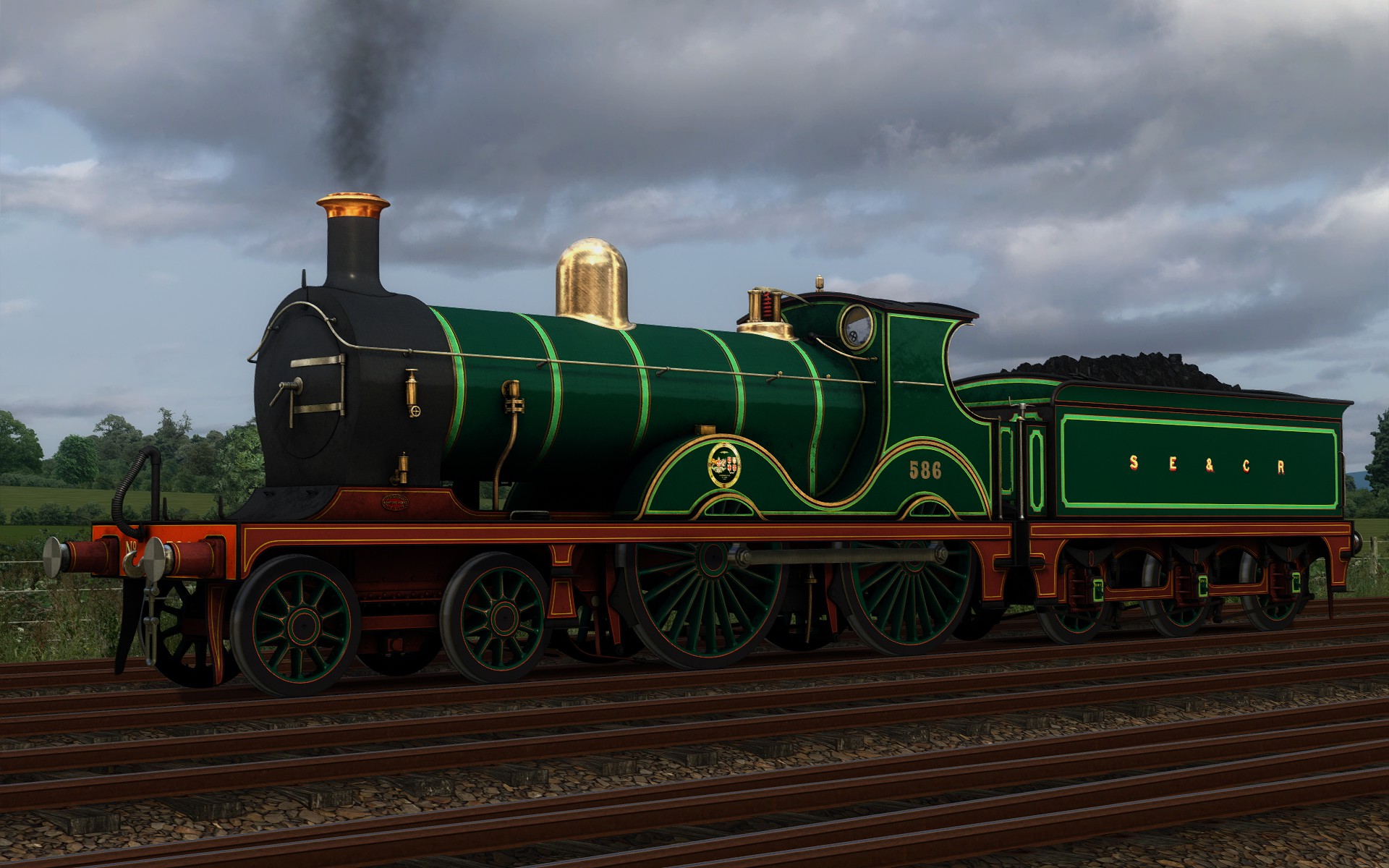
Reviews
There are no reviews yet.